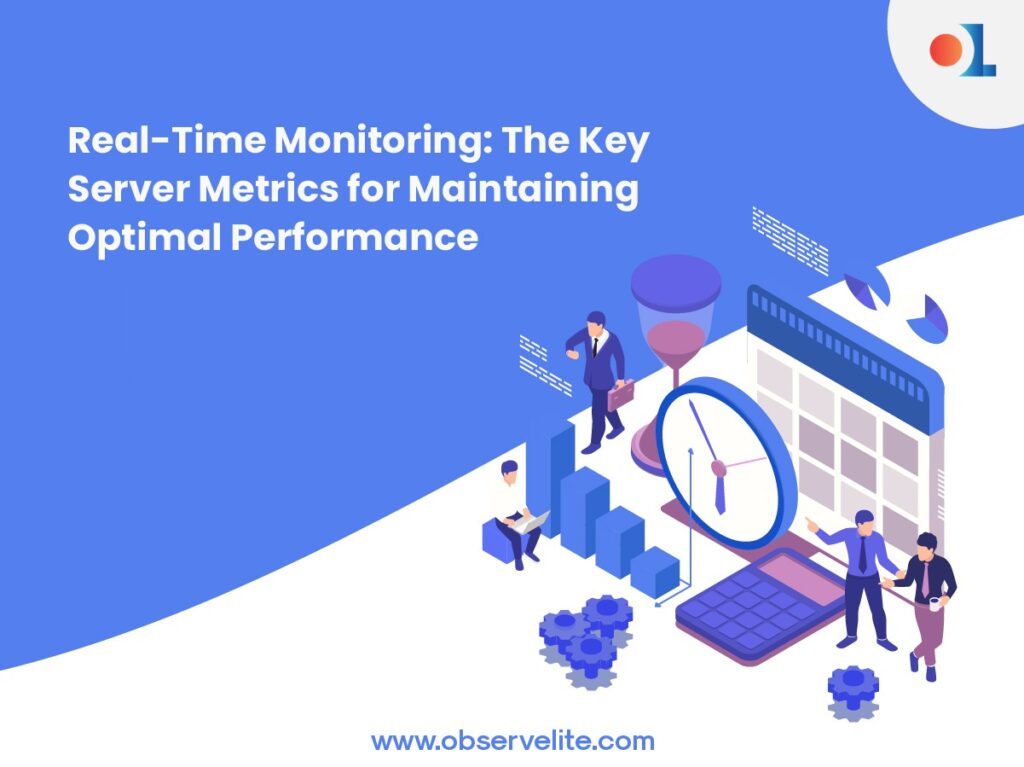In today’s computerized operations, server efficiency is crucial to any organization. The primary requirement on the server side is higher efficiency in the layouts of the system and in the handling of the applications. This decision also sharply unearths the significant areas of business organization, namely customer relations, product reputation, and company efficiency.
Such cases should, therefore, be subjected to systematic analysis since they occur in the real world. It speaks, moves, and guides you on how to make all-over body motions.
What is Real-Time Monitoring?
This was done with phone calls because you could monitor the servers simultaneously but at a later date. On the other hand, the real-time tracking function works in this and other related manners; it should continually receive data from the server. Understand real-time monitoring and alerting.
The benefits of real-time monitoring are numerous
◈Immediate Issue Detection: Deal with issues immediately because they can grow into major service issues if they are not attended to.
◈Faster Response Times: Real-time alerting means problems are solved on the fly, and users are deprived of some of their abilities.
◈ Improved System Reliability: It is also used to predict that there will be no failures and that, if there are, the server will be performing as required.
Now, let’s delve into the critical server metrics you should be monitoring in real time:
◈ CPU Usage: A CPU, on the other hand, is a general computation unit of a computer, while the VERTEX is the central processing of the server and the ‘control centre ‘of the server that processes all the necessary computational data and issues the instructions set in that particular server. The above metrics demonstrate that the CPU and serve.
◈ Memory Usage (RAM): RAM is random access memory. It can be the available space for the server to store the data that are in use at the present time. Memory management ought to be done continuously.
◈ Disk I/O: The disk I/O rate is calculated according to the amount of data being transferred from and to the disks and the current state of the running applications in the server. A high disk I/O wait implies that the server takes much time to get the data, slowing the server applications’ running.
◈ Network Usage: The two fundamental factors are bandwidth and transmission latency, which are instrumental in achieving effective data transmission and a constructive end-user response.
◈ Disk Space: The one with the least space should be noted. Space constraints impact the server, mainly on chief updates or installations; hence, getting external hard drives is beneficial. Verify all your disk space usage and be alerted when it gets to a specified level (e.g., below 10%).
◈ Process Load: Eventually, it is possible to differentiate the running processes that consume more system resources in one way or another. Therefore, one is in a position to identify that particular area has a problem.
◈ Resource Management: Identify the procedures that are always CPU, memory or Network I/O bound. The following are the procedures in the subsequent programs to perform the objectives aimed at freeing unused memory or managing the resources more appropriately.
The Techniques of Monitoring of the Server Performance in Real Time
Observelite:Platform as a service allowing real-time monitoring and data visualization.
Nagios: Popular for its flexibility and ability to be adjusted to the user’s needs with uncomplex modifications as it is an open-source platform.
Prometheus: A monitoring system based on a Linux system primarily collects time series data.
Zabbix: High-end monitoring software design with a wide-ranging set of monitoring tools.
When evaluating real-time monitoring tools, the user is supposed to focus on factors such as cost, server environment intricacy, and features.
Any organization must synchronize its actions with online servers to monitor them in real time. By observing and analyzing the activity on your particular servers, you can prevent probable troubles before they become critical nuisances to the functioning of your organization: CPU utilization, memory usage, the amount of free disk space, and so on. This makes the server perform optimally, which means that it results in enhanced usage and utilization by the user’s productivity and solid ground that can support the hallmark of the business.


